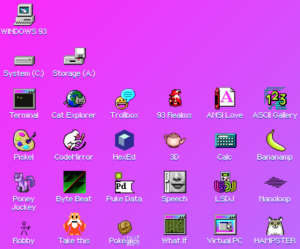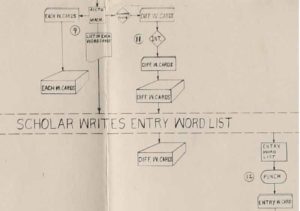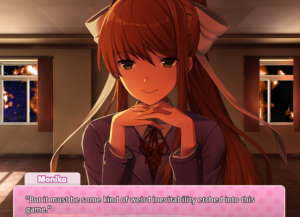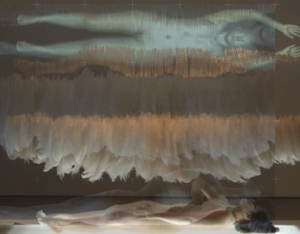hug + hack = infinity
At one of the talks at CGSA 2019 I learned about WINDOWS93. It is an emulation of a non-existant early version of Windows that looks a bit like Windows 95, but has all sorts of joke applications in it.
This and other examples of interactive games that mimic everyday software was presented by Benjamin Unterman in a paper titled, “Games Imitating Life.” Unterman theorized that there are three types of such games:
- Realistic interface designs where a game pretends to be a real interface like that of a cell phone, but you end up messaging fictional people.
- Complicit designs use realistic interfaces to bring people into a satire or joke interactive. I think Windows93 would be such an example.
- Antagonistic designs pretend to be some productivity tool, but they subvert the interface as you play.
My conference notes for Congress 2019 are here.








